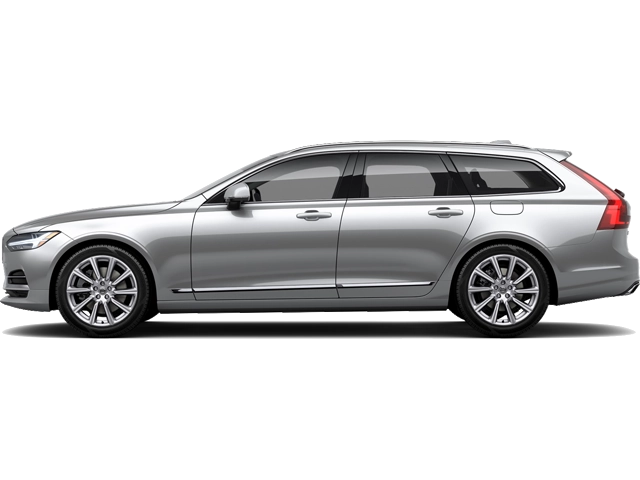2019 Volvo V90 Cross Country Owner's Manual

Table of Contents
2019 Volvo V90 Cross Country Overview
Introduction
The 2019 Volvo V90 Cross Country is a stunning blend of luxury and rugged versatility, designed for those who crave adventure without sacrificing comfort. With its elegant lines and spacious interior, the V90 Cross Country offers an elevated driving experience, combining sophisticated Swedish design with practical features tailored for all-weather performance. Whether traversing city streets or winding mountain roads, this exceptional wagon is a perfect companion for journeys both near and far.
Powertrains
The 2019 V90 Cross Country is equipped with a powerful 2.0-liter turbocharged inline-4 engine that churns out an impressive 250 horsepower and 258 lb-ft of torque. This efficient powertrain is paired with an 8-speed automatic transmission, providing smooth and responsive shifts. The all-wheel-drive system enhances the car's capability, ensuring optimal traction in any condition, whether it’s rain or snow. For those looking for extra power, the V90 Cross Country can also be upgraded to the T6 model, which features a supercharged engine producing 316 horsepower, delivering even more thrilling performance.
Trims
The 2019 Volvo V90 Cross Country is available in two trims: the Cross Country and the Cross Country T6. Each trim offers a rich set of standard features, with the T6 including additional luxuries such as upgraded sound systems and advanced tech options. Both trims provide a comfortable and elevated ride height, along with an impressive cargo area, making it the ideal vehicle for road trips or everyday errands.
Features
This luxury wagon seamlessly integrates modern technology and safety features throughout its cabin. Standard features include a 9-inch touchscreen infotainment system with Apple CarPlay and Android Auto compatibility, a premium sound system, and comprehensive driver-assistance systems such as adaptive cruise control and lane-keeping assist. The plush interior is crafted with high-quality materials, offering heated front seats, dual-zone climate control, and ample legroom, ensuring a first-class experience for all occupants.
Owner's Manual
Accompanying every Volvo V90 Cross Country is an owner's manual, designed to provide detailed information on vehicle operation, maintenance schedules, and troubleshooting tips. This essential guide ensures that owners can maximize their driving experience while maintaining the vehicle’s performance and safety standards. With clear instructions and helpful visuals, the manual is an invaluable resource for both new and seasoned Volvo enthusiasts.
User manual download
The Volvo V90 Cross Country owner manual for the 2019 model year is to be found in PDF downloadable format on this page. The owner manual for the model year 2019 is free and in English, but the repair manuals are usually not easy to get and may cost more.
Manual Questions
Fill the form below and someone will help you!

